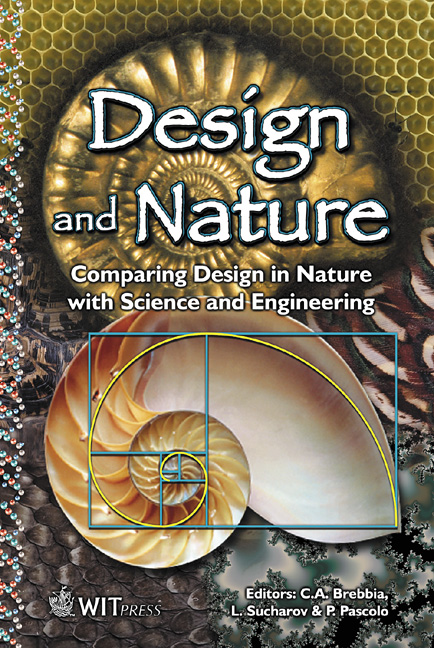High Speed Impact Of Nautilus Nacre
Price
Free (open access)
Transaction
Volume
57
Pages
Published
2002
Size
790 kb
Paper DOI
10.2495/DN020401
Copyright
WIT Press
Author(s)
C. F. Kennedy & J. E. Field
Abstract
High speed liquid impact of Nautilus nacre C. F. Kennedy & J. E. Field Cambridge University, Cavendish Laboratory, United Kingdom Abstract One of the emerging areas of interest in materials for aerospace applications is mimicking natural structures with a view to creating them synthetically for use in environmentally tough environments. Rain erosion is a cause of strength loss in materials during high velocity flight. The Cavendish Laboratory’s Multiple Impact Jet Apparatus (MIJA) is able to simulate high velocity rain impact accurately and reproducibly under laboratory conditions using a series of discrete, carefully controlled water jets. This paper presents initial high speed liquid impact data for Nautilus nacre and shows that there are two main failure patterns: circumferential cracking, and stripping of layers. Single and multiple velocity threshold values are given for damage to Nautilus nacre and geological aragonite. 1 Introduction Over the last few years interest has been re-kindled in the structure and composition of natural materials which display excellent mechanical properties tailored to the environments in which they exist [1-3]. For example, different combinations of calcium carbonate, in the form of calcite or aragonite, and protein sheets which make up shell microstructures are reported to be between 3 and 23 times stronger in tension than the mineral component aloneL4]. The question is whether this improvement could be reproduced using the same structure but stronger starting materials. Currey and Taylor [4] identified seven distinct structures of mollusc shells. Nautilus shell has a calcitic outer layer and columnar nacre inner layer, where aragonitic blocks, sheathed in a fine organic matrix are stacked like bricks in a wall (figure 1). The whole thickness is only about 1 mm.
Keywords





